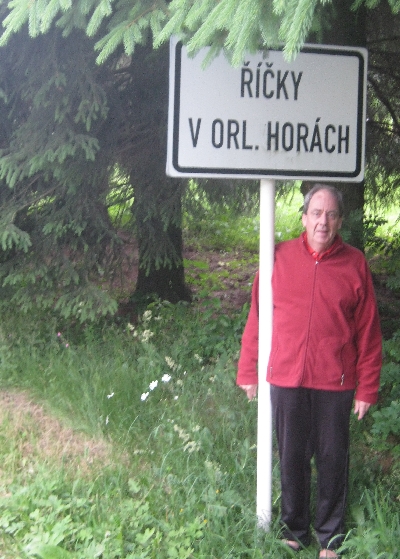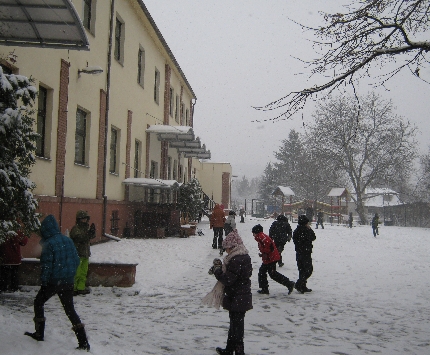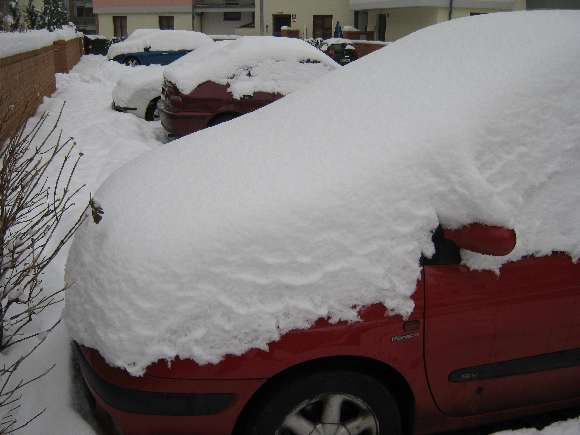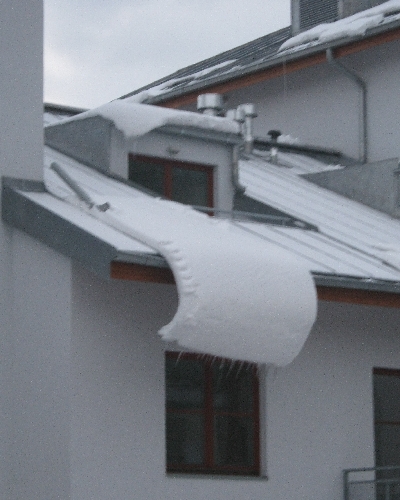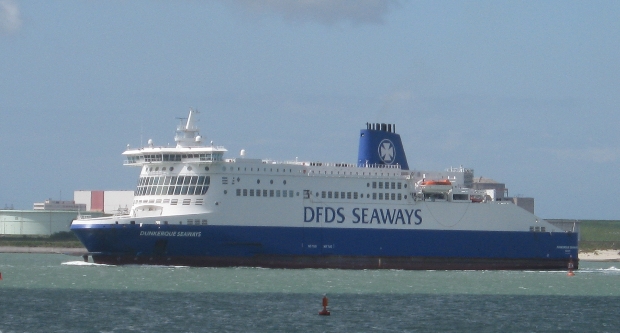
At the beginning of last week, I drove all the way from Prague to the East Midlands of England, in order to attend this year’s Intercontinental Church Society (ICS) Chaplains and Families Conference, followed by a week of annual leave visiting family and friends. Both before setting out from the Czech Republic and on arrival in the UK, I’ve had many expressions of surprise for undertaking the trip as well as numerous questions as to my route and what the journey entails. So here is a blogpost by way of explanation.
I should start by saying that it is a journey that I have undertaken once previously, albeit in the reverse direction. For when Sybille and I moved to the Czech Republic in September 2008, we drove all the way from our old home in North Oxfordshire, to our new home in Prague, along with Oscar the cat. But in the nearly six years since our arrival in the Czech Republic, the five return UK visits I’ve previously made, have always been by air.
I set out on my journey on Sunday 11th May, having first celebrated the Sunday Eucharist at 11.00, followed by a brief visit to post-Eucharistic Coffee Hour. I would have preferred to have driven from the Chaplaincy Flat to Church, rather than using public transport, so I could set off directly afterwards in the ‘Carly’. Unfortunately, that Sunday was the day of the annual Prague Marathon which results in many street closures. So instead, I packed the car first thing on Sunday morning, leaving it parked by the Chaplaincy Flat, and then travelled to Church and back again by tram, as we normally do.
It was therefore not until 13.25, that I set out on my journey. Fortunately, once I reached the Pražský okruh/Prague ring road on the western side of the city, the rest of the my journey to Dunkerque in France on the coast of the English Channel, was almost exclusively on motorway, or dálnice, Autobahn, autoroute, autobaan, depending on the language of the country through which my route passed.
From the Pražský okruh/Prague ring road, I took the D5 which heads westwards towards, and then around, Plzen, before heading for the German border. Most confusingly, nearly all the road signs tell you that, beyond Plzen, you are heading towards Rozvadov, rather than towards Germany or Nürnberg, the first major city over the border. Where or what is Rozvadov? It is a small village, just off the D5, the last one in the Czech Republic!
There are several interesting differences between a Czech dálnice and a German Autobahn. Czech motorway signs are green with white lettering whilst German ones are blue with white lettering. The Czechs use blue signs with white lettering for their ordinary roads! Czech motorway intersections are numbered according to how many kilometres they are from the beginning of that motorway, usually starting in Prague. German motorway intersections are just given consecutive numbers. Many Czech over bridges have advertisements on them which I find both unsightly and distracting whilst there is a total absence of such things in Germany.
One contrast I particularly noticed as I drove up into Ceský les, the hills that lie in the very west of the Czech Republic and form the border with Germany, is the almost total absence of human settlements – there are just forests and open fields. Yet once across the border and driving down through the Oberpfälzerwald, there are a succession of villages amongst the woods and fields. Of course, there is a reason for the contrast. The area on the Czech side is part of what was known as the Sudetenland from which the Sudetendeutsche population were expelled in 1945. Within a couple of years, the area had become a restricted zone which only those trusted by the regime, were allowed to enter for fear that all others might try to escape from their Communist paradise to capitalist West Germany.
Being aware that petrol is cheaper in the Czech Republic than in Germany, I filled up just before crossing the border. I was fairly sure that a full tank would take me right across Germany, all the way to Luxembourg, which it duly did. I also knew from many years of travelling in continental Europe, that petrol is cheaper in Luxembourg because of low taxation, hence I planned my route to pass through the duchy, in order to fill up once more.
It took me five hours to drive across Germany passing near Nürnberg, Heilbronn, Speyer, Kaiserslautern and Trier. Whilst Germany does have an excellent Autobahn network, parts of it are beginning to show their age with several bridges and viaducts that I crossed being under repair, including the one across the Rhine.
One thing that again brought a smile to my face whilst driving in Germany, was seeing every exit from the Autobahn being marked by a sign saying ‘Ausfarht’. It always reminds me of my first ever visit to Germany in 1975 when I was travelling with a coach party consisting mainly of Australians, most of whom had not previously been to Europe. After travelling for some time along the Autobahn, one of the party turned to me and said, “This place called Ausfarht must be really big as I’ve seen so many signs to it” 🙂
Passing around Trier, along one very small section of my route which was not motorway, I then entered Luxembourg and within about thirty minutes, had driven from one side of the country to the other! Just before the border with Belgium, I pulled into a service station at the side of the autoroute and took full advantage of the low price of fuel. Then it was over the border to the town of Arlon where I stopped for the night in a hotel located in a service area without a fuel station, as everyone buys cheap petrol over the border in Luxembourg 🙂 So by 20.45 that evening, I had driven through four countries and covered 760 km/473 miles.
Next morning after breakfast, I set off on the Belgian autoroute, heading towards Brussels. Of course, according to the road signs, I was heading towards Bruxelles, until suddenly the signs instead said Brussel. The reason for the change is crossing the boundary between a French-speaking province and a Flemish speaking one. Both French and Flemish-speaking Belgians do not believe in bilingual signs which can be most confusing when the name of a town or city differs considerably more than Bruxelles/Brussel.
From past experience, the one part of the journey I was a little concerned about was driving around the Brussels ring road where I have previously experienced congestion. However, apart from a short delay getting onto the slip road giving access to the ring road, the rest of my trip around the Belgian capital went smoothly. This was followed by an equally smooth journey on towards the coast near to Ostend and then just inland but parallel to the coast, over the French border to Dunkerque.
Courtesy of having such an easy journey, I arrived two hours in advance of the departure time of my ferry crossing. The Dunkerque-Dover crossing takes two hours, but with the change from Central European Summer Time(CEST), to British Summer Time(BST), I left Dunkerque at 14.00 CEST and arrived at Dover at 15.00 BST.
Once off the ferry, it took me a further three hours to drive from Dover to Hothorpe Hall near Market Harborough, along the M2, M25 and M1. En-route, I had the first of what were to be many experiences of discovering how expensive life in the UK has become. When I last used the Dartford Crossing east of London, the toll was £1.00. It came as quite a shock to discover the 100% increase to £2.00 🙁
So I arrived at Hothorpe Hall, safely but somewhat tired, at 18.20 on Monday 12th May having driven a further 688 km/430 miles. The evening meal was to be served ten minutes later and, in the meantime, one of my fellow ICS Chaplains bought me a much needed drink from the bar. Thank you Hazel!

